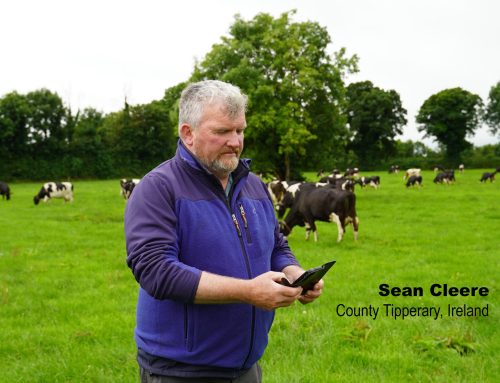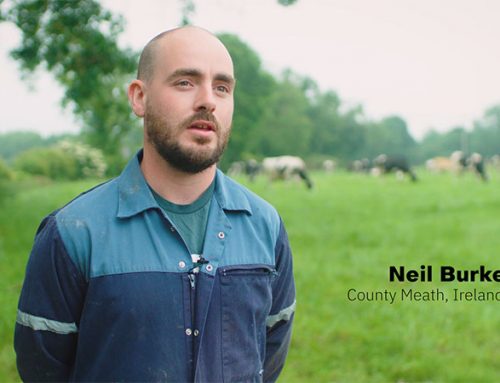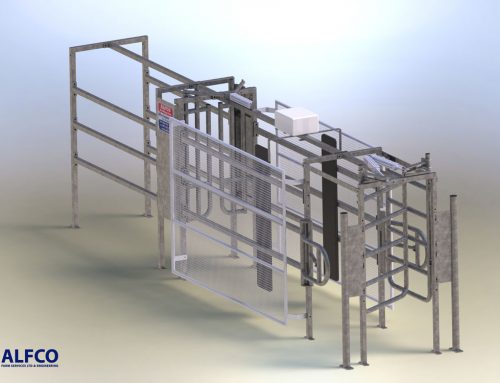Your activity monitoring system tells you a lot about each cow, including a cow’s chewing activity. Chewing activity (eating + rumination) can be a good indicator for ketosis. Look at a cow’s chewing activity 10 days before she calves compared to 10 days after she calves. You should see natural peaks and valleys.
Chewing time crashes are normal at calving, but cows should begin to rebound within a day or two.
In a real-life example, the accompanied chart shows the chewing time difference between a healthy cow (Cow 1) and a cow with ketosis (Cow 2). Cow 1 bounces back quickly to normal chewing time after calving. Cow 2’s chewing time drops significantly the day before calving and stays depressed until day 6, when she receives treatment for ketosis.
Why didn’t this cow get treatment until day 6? She wasn’t showing clinical signs of ketosis. And even though an alert was sent about Cow 2’s reduced chewing time, she wasn’t treated. In an ideal situation, Cow 2 would have been evaluated and treated as soon as the alert was sent (day 1), and she would have bounced back faster.
“For successful early detection and treatment, there has to be a mindset shift,2 says Harbers.
“We have to get comfortable with letting the data tell us there is an issue versus waiting for clinical signs to appear. You have to fully put your trust into the activity monitoring system to reap the rewards.”





